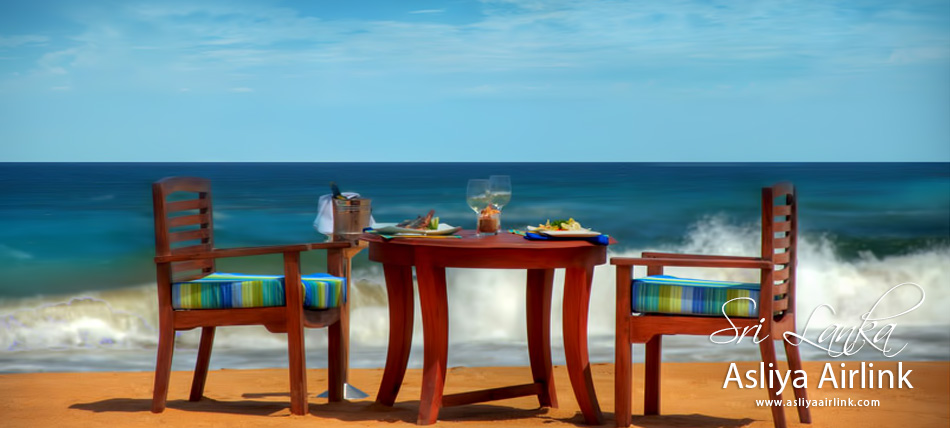



Feel Sri Lanka
The island is estimated to have first been colonized many thousands of years ago
by hunter gatherers now known as the Balangoda people (named after the region where
their remains were discovered) who lived in caves. The Veddas who now live in the
Central, Uva and North-
the island is found in the great Hindu (Indian) epic, the ‘Ramayana’, believed to have been penned in 500 BC.
The Ramayana tells of the conquest of Lanka in 3000 BC by the Hindu god ‘Rama’ whose army of monkeys built a bridge from South India to Lanka to vanquish the atheist demon King Ravana. (Interestingly enough, space images taken by NASA recently revealed a mysterious
by NASA recently revealed a mysterious ancient bridge in the Palk Strait between
India and Sri Lanka, the curvaceous nature of which has convinced scientists that
it was man-
In the 5th century B.C., Indo Aryans emigrated from India, mixed with the local people and led to the development of the ‘Sinhalese’ culture which is prevalent in Sri Lanka today. The Sinhalese (who now account for 74% of the country’s population) were introduced to Buddhism by Mahindra Mahinda, the son of the great Indian emperor Ashoka. According to Buddhist scriptures, the Buddha himself is said to have visited the island on three separate occasions.
Glorious civilizations developed during this historic era creating cities like Anuradhapura (kingdom from circa 200 B.C.
radhapura (kingdom from circa 200 B.C. to circa 1000 A.D.) and Polonnaruwa (from
about 1070 AD to 1200 AD). Grand palaces, reservoirs, monasteries, universities and
hospitals -
In the 14th century, a South Indian dynasty seized power in the north and established a ‘Tamil’ kingdom which ruled for many years. Tamils account for approximately 20% of the population in Sri Lanka today.
Different invading civilizations thus left their cultural and historical footprints on Sri Lanka’s sands of time and it did not stop there.
Sri Lanka was then to enter into the colonial era shaped by its European invaders who came to the island lured by its gems and spices.